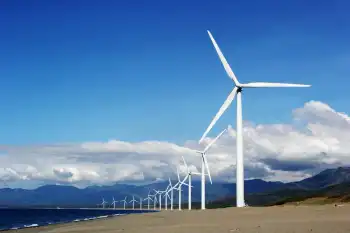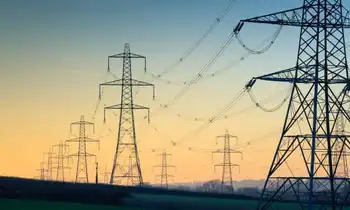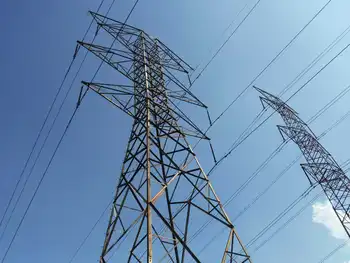Indonesia caps coal exports to ensure power supply
By Industrial Info Resources
Substation Relay Protection Training
Our customized live online or in‑person group training can be delivered to your staff at your location.

- Live Online
- 12 hours Instructor-led
- Group Training Available
The government has embarked on a crash development of electricity production, with plans to add 10,000 megawatts (MW) of generating capacity from coal-fired power plants, in an effort to ease the chronic power shortages that have plagued the country.
The first phase of the program calls for 10 power plants to be constructed in Java, with a total generating capacity of 7,460 MW, and a further 30 plants totaling 2,513 MW outside the island of Java. The first phase of the crash program is expected to be operational in 2011, with three new coal-fired power plants beginning production of 1,960 MW later this year.
The second phase of the program is still under discussion, but is reported to add a further 10,000 MW from coal, geothermal and other renewable energy sources. Currently, only 65% of the Indonesian population has access to electricity, but the government plans to increase this to 93% by 2025, which calls for an extra 57,400 MW of generating capacity by 2018. The estimated investment required to deliver this increase in capacity is more than $83 billion between now and 2018. The estimate includes the generating capacity and the new transmission lines required to distribute the new power.
The Indonesian Energy and Mineral Resources Ministry has set a target of 230 million tons of coal production for this year, of which more than 161 million tons is destined for export, leaving just 68 million tons for the domestic market. The Indonesian Coal Producers' Association has estimated that total production this year will reach 250 million tons, with a domestic requirement of 50 million tons.
New electricity production is estimated to increase domestic consumption of coal for power production to 65 million to 70 million tons per year by 2011, a significant increase from the current levels of about 45 million tons per year.
Coal exports represent a significant slice of the total exports for the country. In the first four months of 2009, Indonesia earned more than $3.4 billion from coal exports, compared to $2.8 billion for the same period last year. The increase was largely the result of an increase in the price of coal from the low levels at the end of 2008 during the global financial crisis, rather than from increased exports.
During the same four-month period, Indonesia's total exports surpassed $31 billion. In 2008, total exports were $136.76 billion, or about 20% of Indonesia's total economy.
Despite the government cap, some coal production companies have begun to construct facilities this year, and there is a chance that actual coal production in 2010 could increase sufficiently to allow for increased domestic demand and still enable exports of more than 150 million tons. According to Bambang Gatot Ariyono, Director of Mining and Coal Production at the Energy and Mineral Resources Ministry: "Production is continuing to increase. If domestic users cannot absorb it, we don't have a choice but to export the coal."











